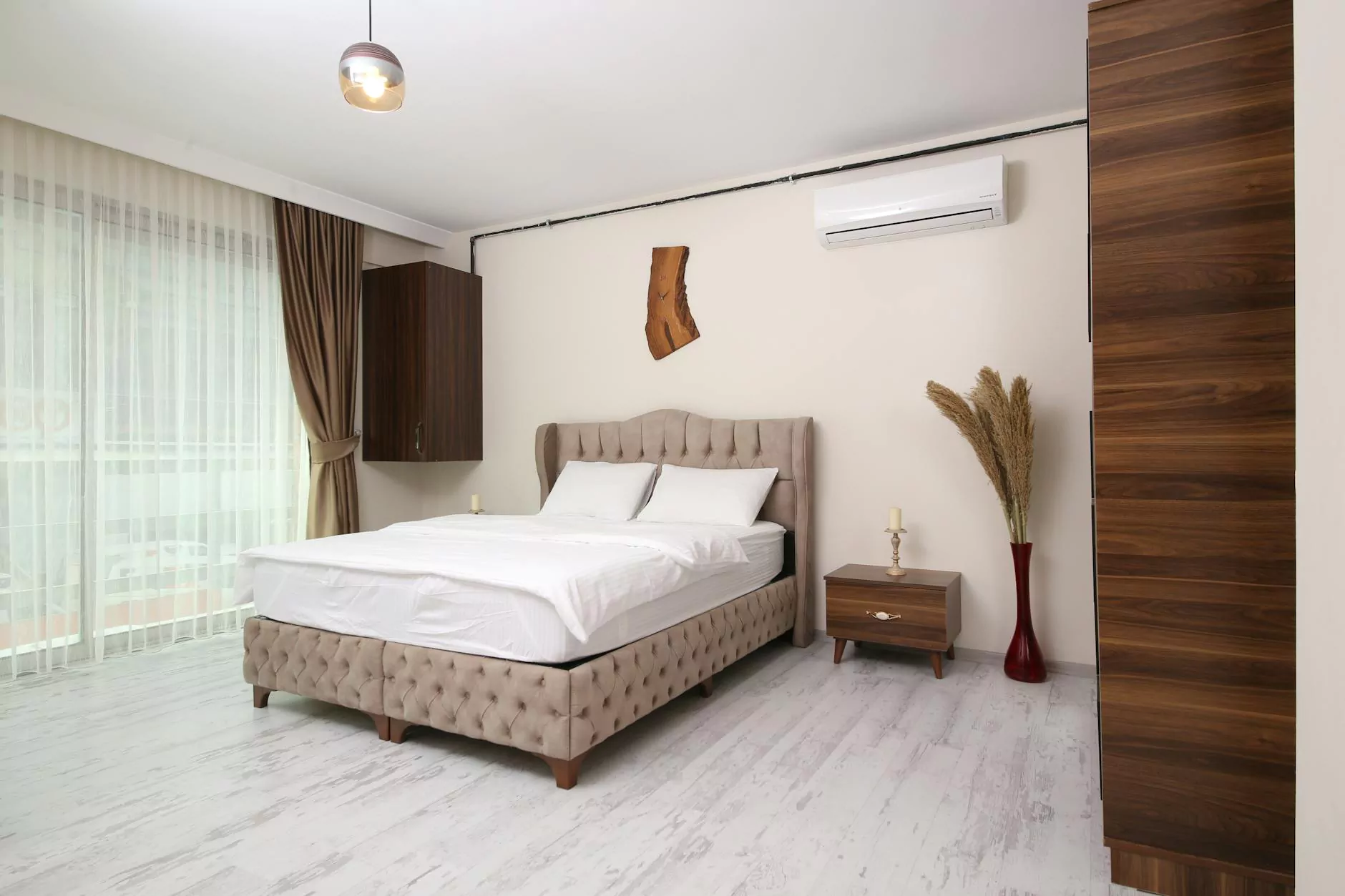Foam Injection Sclerotherapy: Revolutionizing Vascular Medicine

Foam Injection Sclerotherapy has emerged as a leading technique in the management of varicose veins and other vascular conditions. As more patients seek effective solutions to enhance their health and aesthetics, this treatment stands out due to its remarkable efficiency and minimal invasiveness. In this comprehensive article, we will explore the ins and outs of foam injection sclerotherapy, highlighting its procedure, benefits, potential risks, and how it compares to other existing treatments.
Understanding Foam Injection Sclerotherapy
Foam injection sclerotherapy is a medical procedure that involves the injection of a specially formulated foam solution directly into the veins. The primary purpose of this treatment is to close off and obliterate the affected veins, leading to improved blood flow and reduced symptoms associated with varicose veins.
How Foam Injection Sclerotherapy Works
The process usually entails the following steps:
- Consultation: The patient meets with a vascular specialist to discuss symptoms, medical history, and treatment goals.
- Ultrasound Assessment: An ultrasound may be conducted to identify the extent of the venous issue.
- Preparation: The area where treatment will be administered is cleaned, and a local anesthetic may be applied to minimize discomfort.
- Foam Preparation: A sclerosing agent is mixed with air to create a foam that adheres better to the vein walls.
- Injection: The foam is injected into the targeted vein using a thin needle.
- Post-Treatment Monitoring: Patients are usually monitored for a brief period to ensure there are no immediate adverse reactions.
Benefits of Foam Injection Sclerotherapy
Foam injection sclerotherapy offers numerous advantages that make it a desirable choice for both patients and healthcare providers. Some key benefits include:
- Minimally Invasive: Unlike traditional surgical procedures, foam sclerotherapy requires only small injections, reducing recovery time.
- Effective Treatment: Many patients see a significant reduction in their symptoms after just one treatment session.
- Improved Aesthetics: The treatment not only alleviates symptoms but also enhances the appearance of the legs.
- Quick Procedure: Each session typically takes less than an hour, allowing patients to return to their daily activities shortly after.
- Low Risk of Complications: The risks associated with foam sclerotherapy are generally low compared to surgical interventions.
Who is a Suitable Candidate for Foam Injection Sclerotherapy?
Foam injection sclerotherapy is suitable for a wide range of patients, particularly those experiencing:
- Varicose Veins: Large, swollen veins visible on the surface of the legs.
- Spider Veins: Smaller, less severe vessels that cause cosmetic concerns.
- Vein Symptoms: Discomfort, swelling, or aching in the legs associated with venous insufficiency.
- Post-Thrombotic Syndrome: Complications after a deep vein thrombosis.
Potential Risks and Considerations
While foam injection sclerotherapy is generally safe, it's important to understand the potential risks involved:
- Localized Reactions: Patients may experience temporary swelling, redness, or itching at the injection site.
- Lightheadedness: Some individuals might feel dizzy during or after the procedure.
- Allergic Reactions: There is a small possibility of an allergic reaction to the sclerosing agent used.
- Thrombophlebitis: Inflammation of the vein may occur after treatment.
- Incomplete Treatment: Some veins may not fully close, requiring additional sessions.
Post-Treatment Care and Recovery
Following foam injection sclerotherapy, patients are typically advised to:
- Wear Compression Stockings: These help support the veins while they heal and can improve the treatment's efficacy.
- Avoid Strenuous Activities: Limit rigorous exercise and heavy lifting for a few days after the procedure.
- Follow-Up Appointments: Attend additional visits with their healthcare provider to monitor progress.
- Maintain an Active Lifestyle: Engage in light activities such as walking to promote circulation.
Foam Injection Sclerotherapy vs. Other Treatment Options
Several methods are available for treating varicose veins, and understanding how foam injection sclerotherapy compares to these options can inform patient decisions:
1. Traditional Surgery
Traditional vein stripping surgery is more invasive and typically requires general anesthesia. While it may be effective, it is associated with longer recovery periods and more significant risks.
2. Laser Treatment
Endovenous laser therapy uses heat to close veins. While effective, it can cause discomfort and requires a specialized setup.
3. Vein Ablation
This technique uses radiofrequency energy to achieve similar results to sclerotherapy but may involve more recovery time.
Conclusion on Treatment Comparisons
Foam injection sclerotherapy often provides a balance of effectiveness, safety, and convenience that many patients find appealing.
Conclusion: Embracing Modern Vascular Treatments
In summary, foam injection sclerotherapy represents a significant advancement in vascular medicine that addresses the needs and concerns of patients struggling with varicose veins and other venous disorders. With its myriad benefits — from its minimal invasiveness to its quick recovery time — it is no surprise that this treatment is gaining popularity. As healthcare continues to evolve, patients should consult knowledgeable specialists, such as those at Truffles Vein Specialists, to explore comprehensive options for managing their vascular health.
© 2023 Truffles Vein Specialists. All rights reserved.









